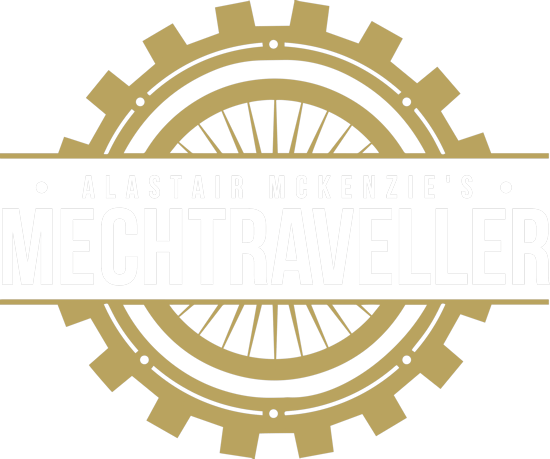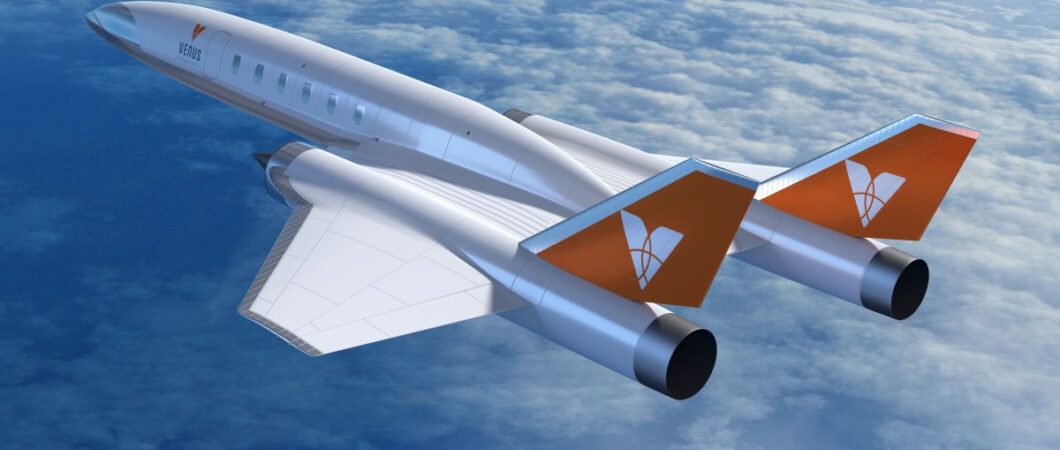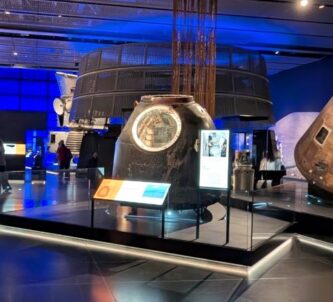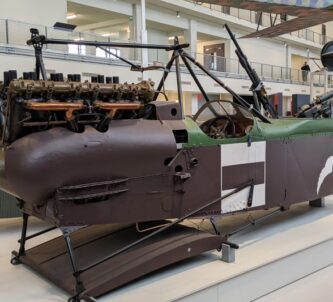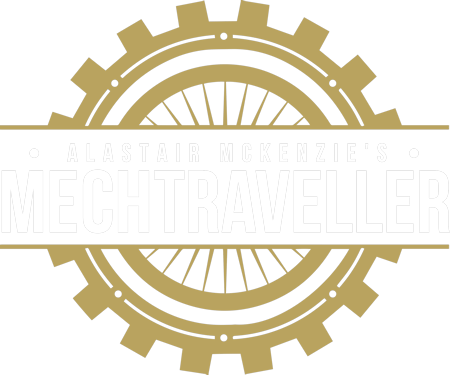A Texas-based start-up, Venus Aerospace, is developing a next-generation rocket engine that could power hypersonic* aircraft. This includes passenger aircraft flying from conventional runways. They aim to reach speeds between four to six times the speed of sound. At Mach 4, passengers could leave London and arrive in New York just 90 mins later. Concorde did it in roughly 3 hours.
“That’s a Star Wars sound!”Their pioneering engine is a Rotating Detonation Rocket Engine (RDRE), an affordable, compact propulsion system delivering unprecedented efficiency and thrust. Last month, in a landmark test, they flew their RDRE in missile form.
Theorized since the 1980s, a high-thrust RDRE capable of practical application has never been flown in the United States. It possibly hasn’t been flown anywhere in the world.
“This is the moment we’ve been working toward for five years,” said Sassie Duggleby, CEO and Co-founder of Venus Aerospace. “We’ve proven that this technology works—not just in simulations or the lab, but in the air. With this milestone, we’re one step closer to making high-speed flight accessible, affordable, and sustainable.”
The demonstration took place at Spaceport America in New Mexico. On the first flight attempt, Venus’s RDRE successfully launched and flew its engine. This validated performance and system integrity under flight conditions.
What has really caught the attention of ‘avgeeks’ and engineers is the sound the engine makes as it gets up to speed. As some have commented “That’s a Star Wars sound!”
Venus’s RDRE is engineered to work with the company’s exclusive VDR2 air-breathing detonation ramjet. This pairing will enable aircraft to take off from a runway and transition to speeds exceeding Mach 6. It maintains hypersonic cruise without the need for rocket boosters. Venus is planning full-scale propulsion testing and vehicle integration of this system. They are moving toward their ultimate goal: the Stargazer M4*, a Mach 4 passenger aircraft that could fly from Los Angeles to Tokyo in under two hours.

After completing a survey of business cases for the use of supersonic jets able to travel between Mach 2 and Mach 4, NASA recently concluded there are around 50 existing flight routes that could benefit from such aircraft. As far as the space agency is concerned, that’s enough to justify a pair of new contracts issued to Boeing and Northrop Grumman. These contracts are to examine if it’s possible to build a passenger jet that can fly that fast. The global hypersonics market is projected to surpass $12 billion by 2030. This is driven by demand across defence, aerospace, and commercial aviation sectors. With this successful demonstration, Venus Aerospace is well-positioned to develop affordable hypersonic systems for that market.
* ‘Hypersonic’ generally refers to speeds exceeding five times the speed of sound (Mach 5), but there’s no hard & fast rule.
** One thing their engineers might want to re-think is the large square windows on their concept art Stargazer. At the high altitudes it’ll cruise, they will need to be tiny and round (remember Concorde’s). Square windows were dropped in the 1950s when they were discovered to be the source of metal fatigue on Comet 4 airliners. This caused a number of fatal crashes.
